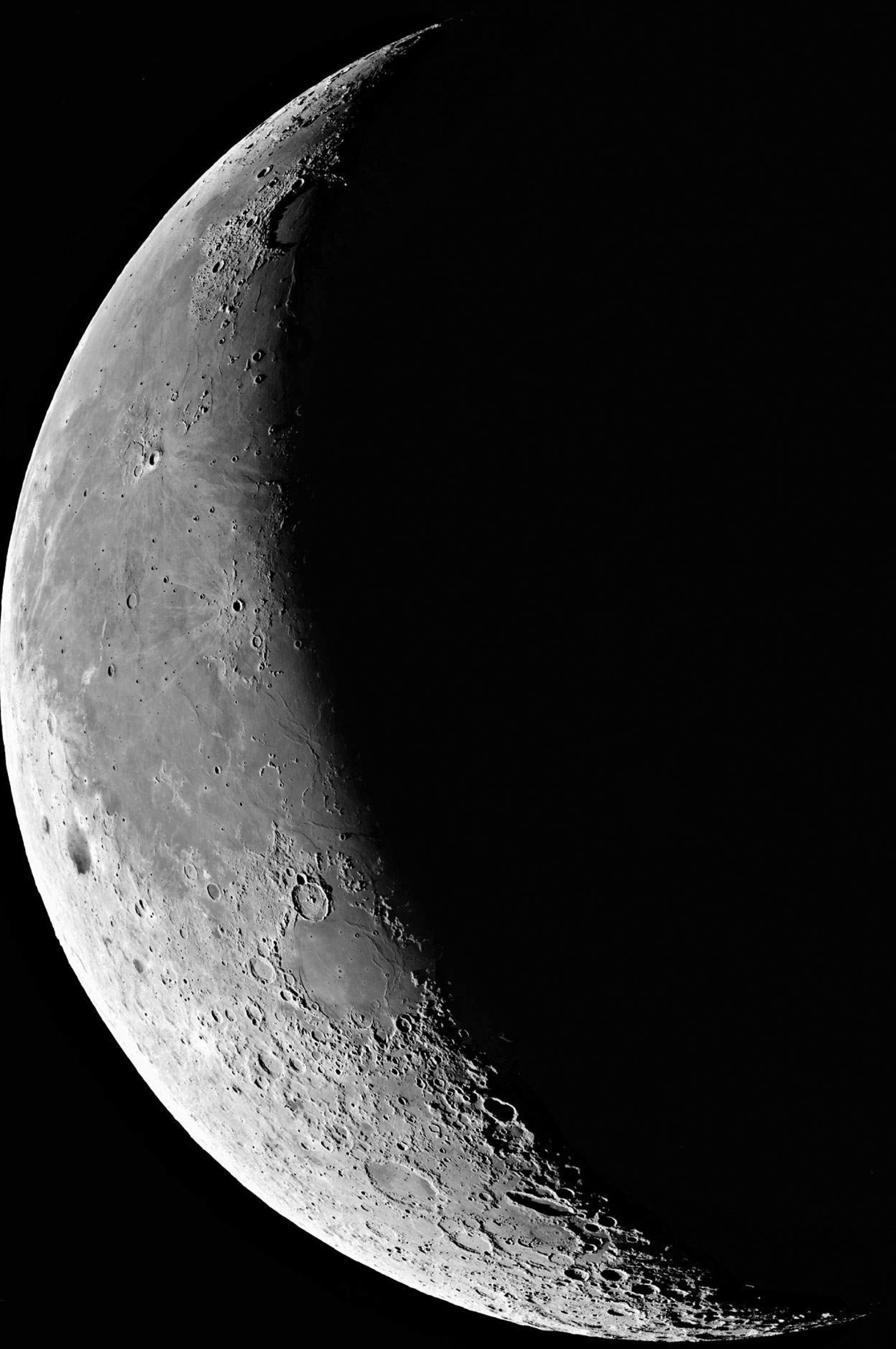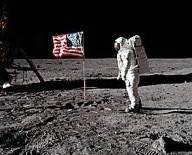

Exploring the Moon
A history of lunar discovery from the first
space probes to recent times
Sample returns and lunar rovers
By 1969, the Russians had realized that they were going to be beaten by the US in the race to put a man on the Moon, but they made one last attempt to upstage Apollo. Even as the Apollo 11 crew were preparing for launch, the Soviet probe Luna 15 was already on its way to the Moon. It was a last-minute attempt to snatch the first samples from the Moon, but it failed. Luna 15 crashed in Mare Crisium while attempting to land, just over 10 hours after astronauts Neil Armstrong and Edwin Aldrin had completed their historic Moon walk.
Although their ‘spoiler’ had failed, the Russians finally succeeded in retrieving Moon samples automatically with Luna 16 in September the following year. This scooped up 100 grams of lunar topsoil from the surface of Mare Fecunditatis, but by then both Apollo 11 and Apollo 12 had brought back many kilograms of Moonstuff.
Two months after Luna 16, the Russians scored another first with a robotic rover called Lunokhod 1, carried aboard Luna 17 which touched down near the western shores of Mare Imbrium in November 1970. Driven by remote control from Earth, the eight-wheeled rover rolled down ramps off the lander platform and explored the Moon for the next 11 months, covering 10.5 km (6.5 miles) while taking photographs, running in and out of craters, and analysing the soil. An improved version with twice the top speed, Lunokhod 2, was delivered aboard Luna 21 in January 1973. It landed in the ruined crater Le Monnier in eastern Mare Serenitatis and covered 37 km (23 miles) during its four-month lifetime.
These automatic rovers and sample return missions were a useful complement to the Apollo missions, providing information about areas not visited by astronauts or the earlier Luna and Surveyor landers. The series came to an end with Luna 24 in August 1976, which collected 170 grams of lunar samples from the surface of Mare Crisium. Its return marked the end of the first era of lunar exploration.
NASA’s Lunar Reconnaissance Orbiter (LRO), launched in June 2009, has photographed several of the Russian lunar landers on the surface, including Luna 16, Luna 24, Lunokhod 1, and Lunokhod 2.
Sample returns and lunar rovers
Lunokhod 1
